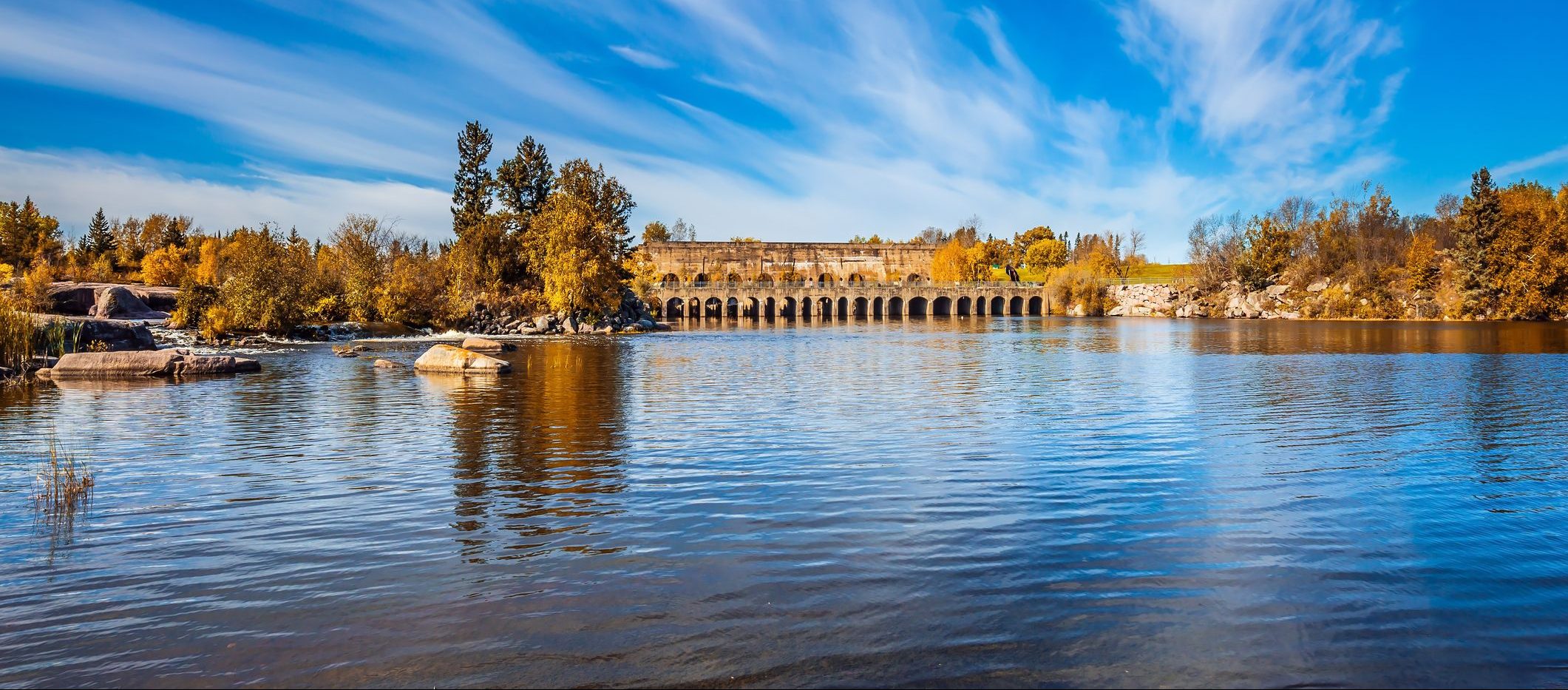A new study led by researchers at Indiana University (IU) has found that modifications, such as dams and reservoirs in the United States and Canada, do not isolate rivers and streams from the effects of climate change.
Published August 6th in the Proceedings of the National Academy of Sciences, Natural and managed watersheds show similar responses to recent climate change, found that the flow of water in the rivers and streams of the northeastern United States, as well as in the northern Great Plains and southern prairies of Canada, has grown stronger over the past 30 years—the same as natural waterways in these regions.
“This study finds that large-scale climate trends are already affecting water availability in many regions of the southern and western United States,” said Darren Ficklin, an associate professor in the IU Bloomington College of Arts and Sciences Department of Geography and a member of the Environmental Resilience Institute at IU, a part of the university’s Prepared for Environmental Change Grand Challenge. “This is significant given the importance of streams and rivers for agricultural use, urban drinking water, and aquatic ecosystems in these regions.”
The study provides a unique, in-depth inquiry of the effect of climate change on managed waterways in the U.S. and Canada, as compared to unmanaged streams and rivers. Research on the impacts of climate change to waterways tends to focus on unmanaged systems, but the similarity in impacts to both managed and unmanaged river courses means the former can be used in place of the latter.
“We believe that many, many more waterways could be used for climate research,” said Ficklin. “While certain characteristics like peak and low streamflow may still differ significantly, we find that the recent trends are quite similar.”
To conduct the study, Ficklin and colleagues analyzed data on over 3,000 North American rivers and streams between 1981 and 2015 from the U.S. Geological Survey and the Canadian Department of the Environment. Of these waterways, 2,549 were considered managed resources. Only 570 waterways were considered natural, or about two out of every nine waterways.
According to Ficklin, similar proportion of managed and natural waterways exists across the globe. The ability to use these streams and rivers in climate research would open up many regions to observations about how changes in weather patterns, temperature, and rainfall affect water access and supply.
But the implications are greater than just the availability of managed waterways for study. The findings also suggest that certain water management practices have a small impact on water availability when met with large-scale climate changes.
“Generally, managed watersheds only mitigate the effects of climate change in extremely dry periods,” said study co-author Sarah Null of Utah State University. “For the other 99 per cent of streamflows, these results suggest that current water management does not counteract the effects of climate change. This would require more innovative and strategic water management methods.”
The work doesn’t necessarily mean that the current water management methods are ineffective, said Ficklin. But it does suggest that the signal of climate change is apparent in typical flows across all waterways, no matter how they’re managed.
“What this means for people in drying areas is that water management is not resulting in ‘more water’ for agricultural, environmental and urban purposes,” he said. “People in drying areas simply have an increasingly limited amount of water to use. Ultimately, water management methods can’t simply change that.”









